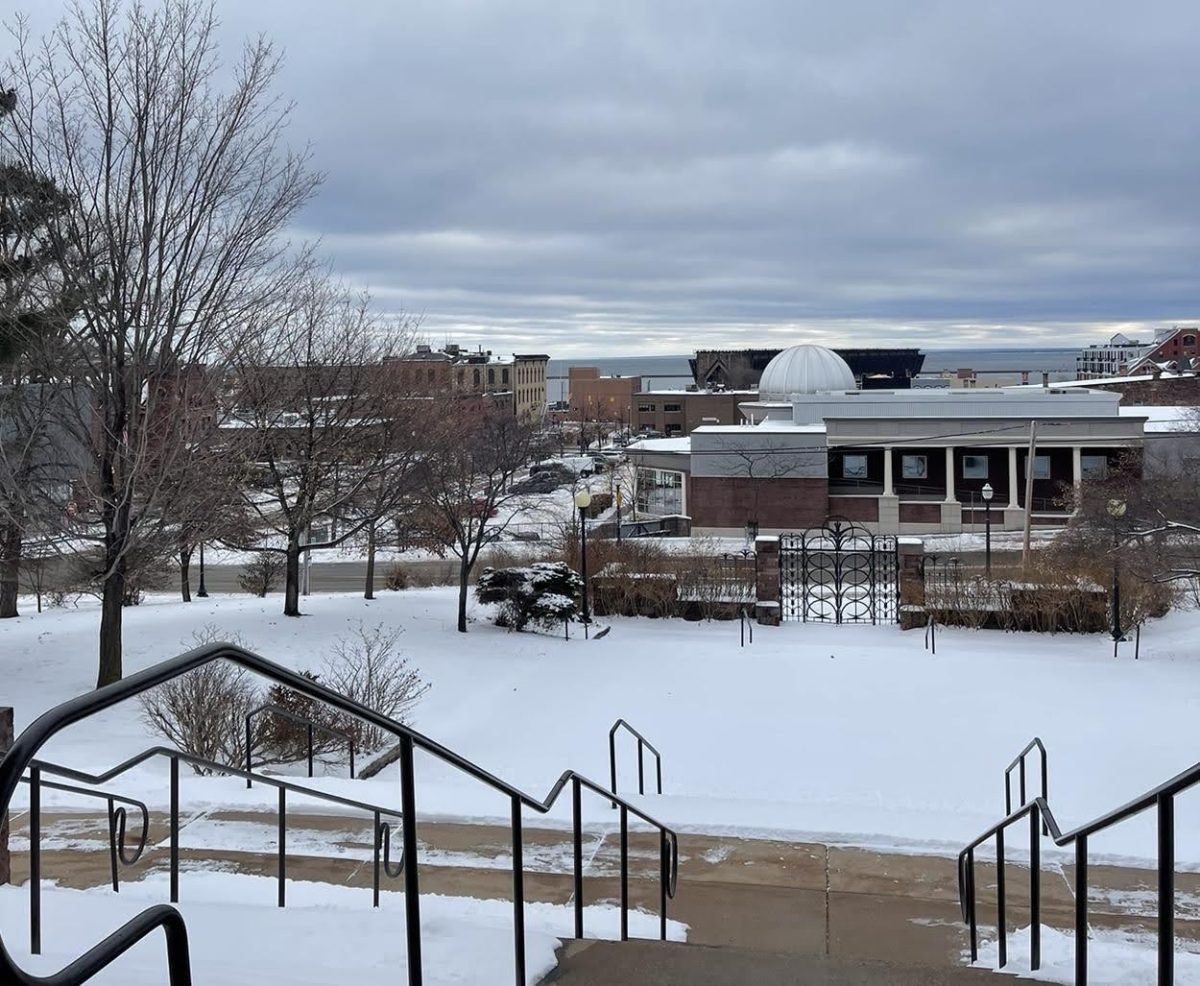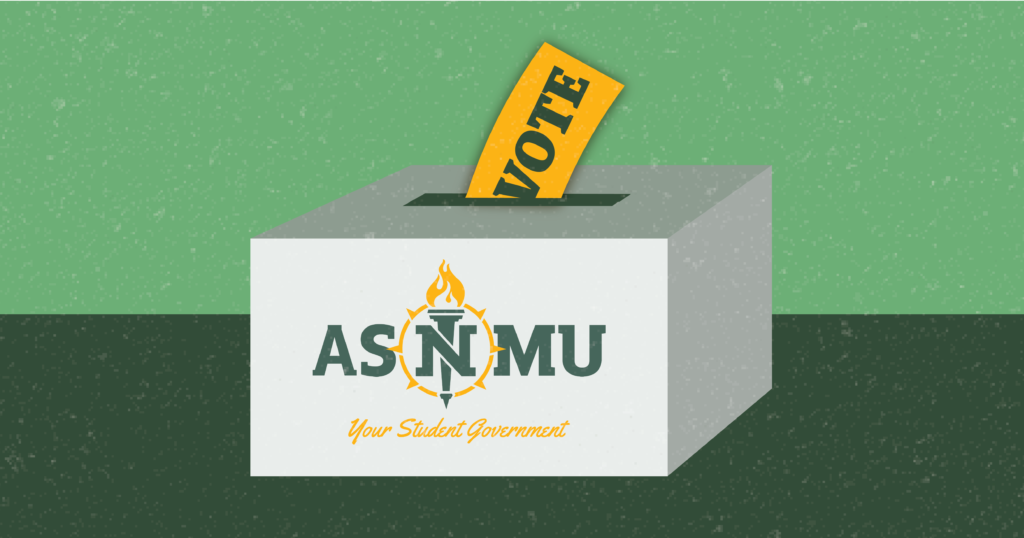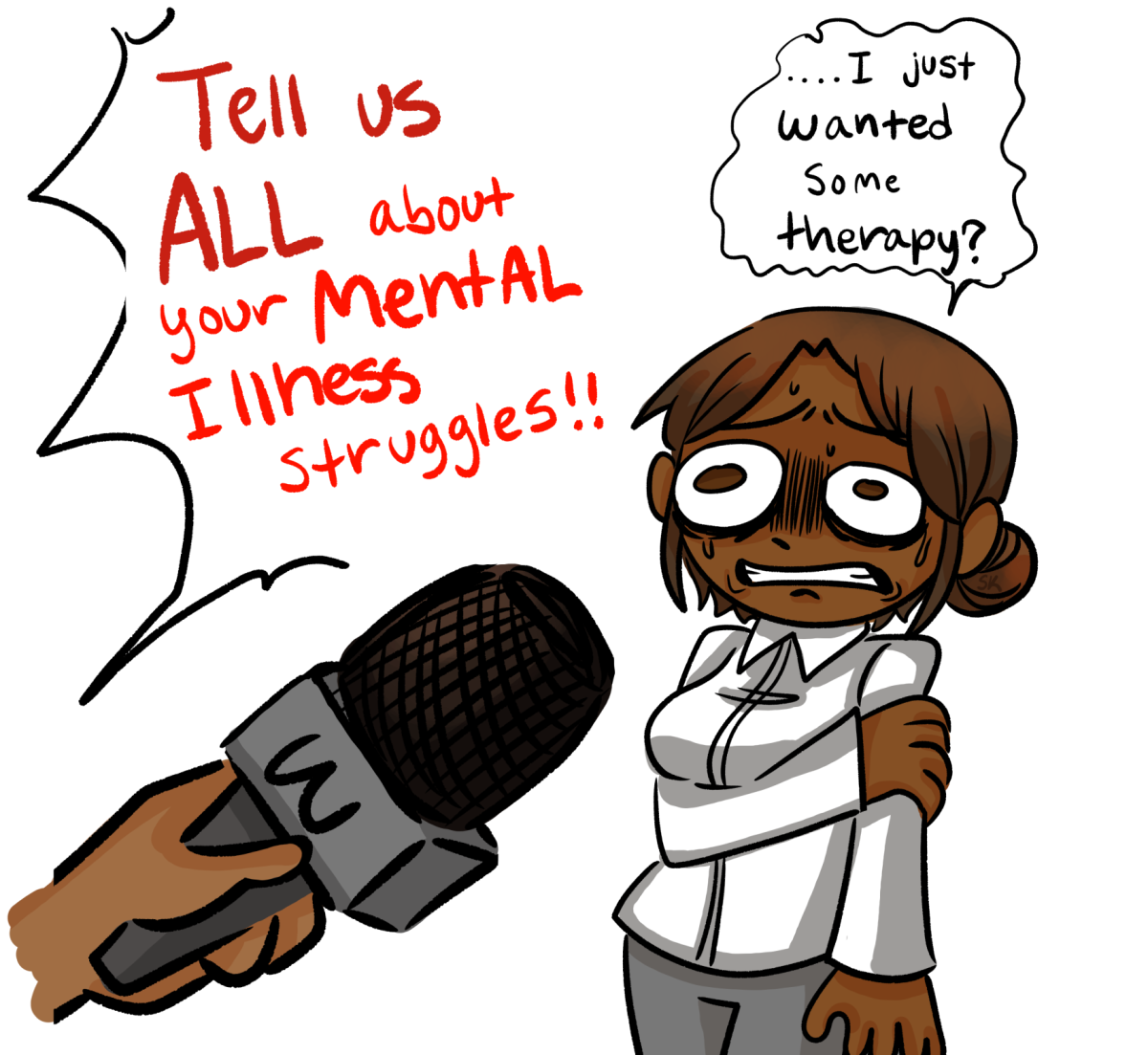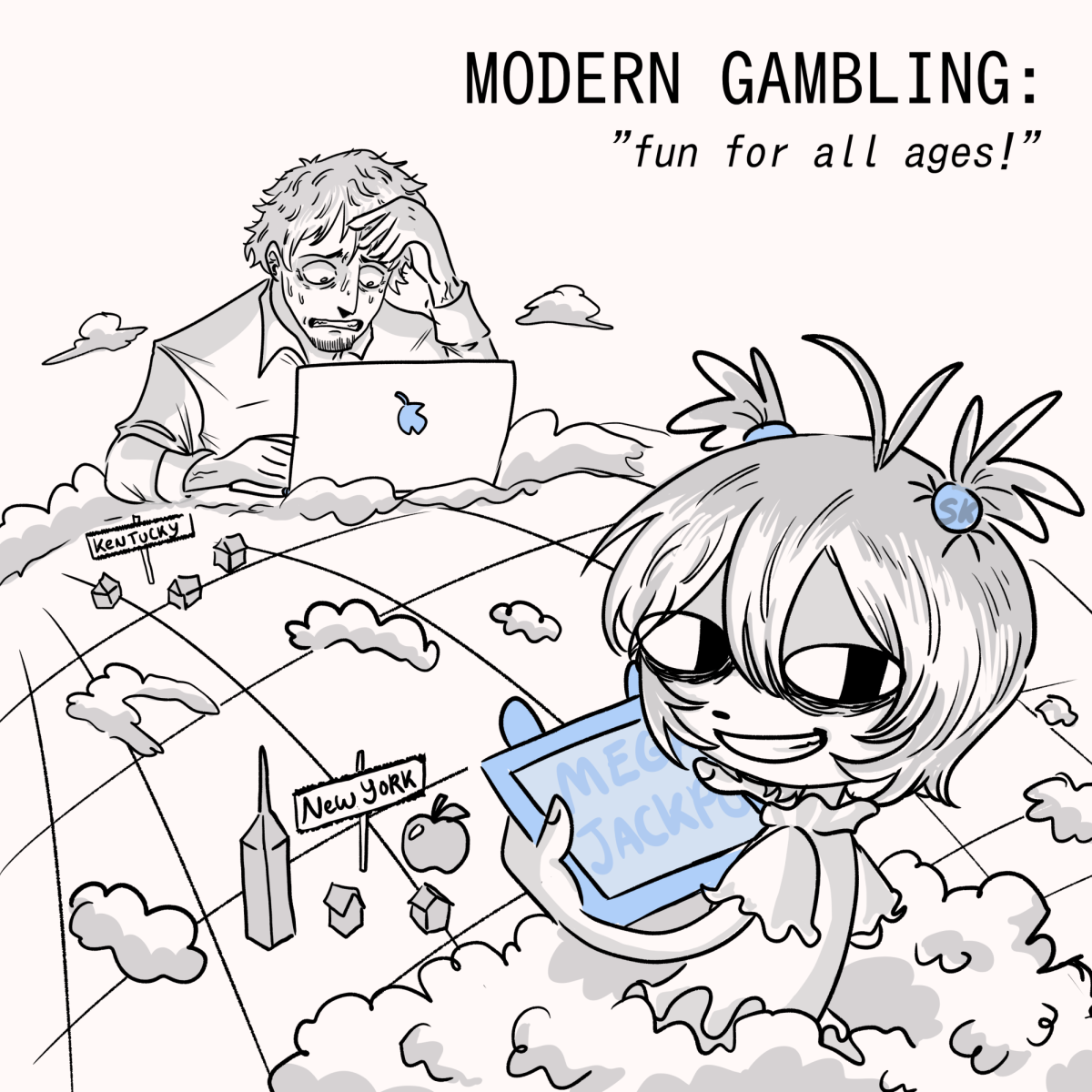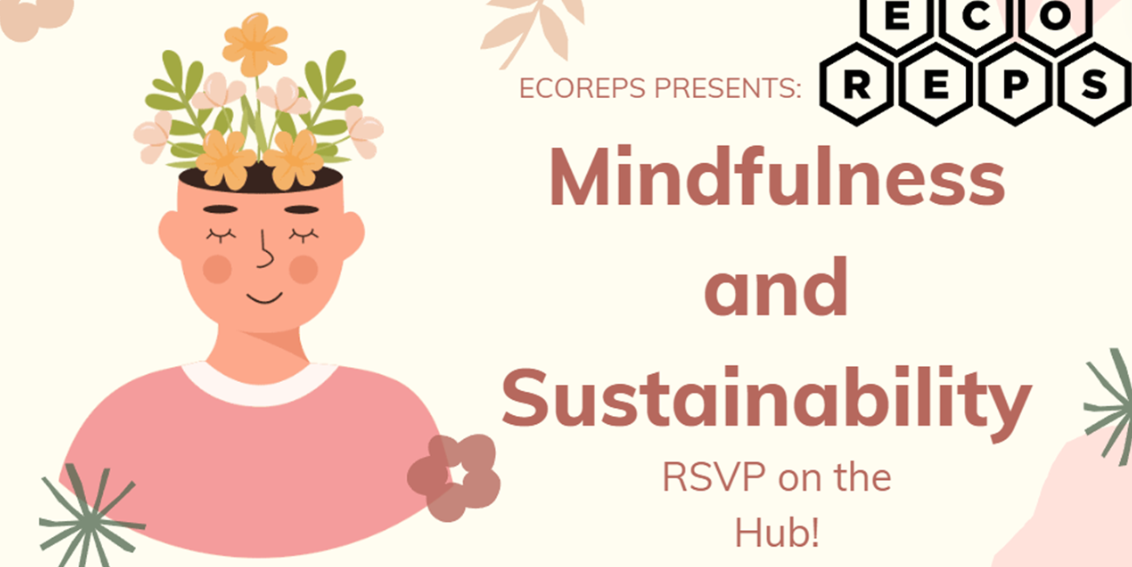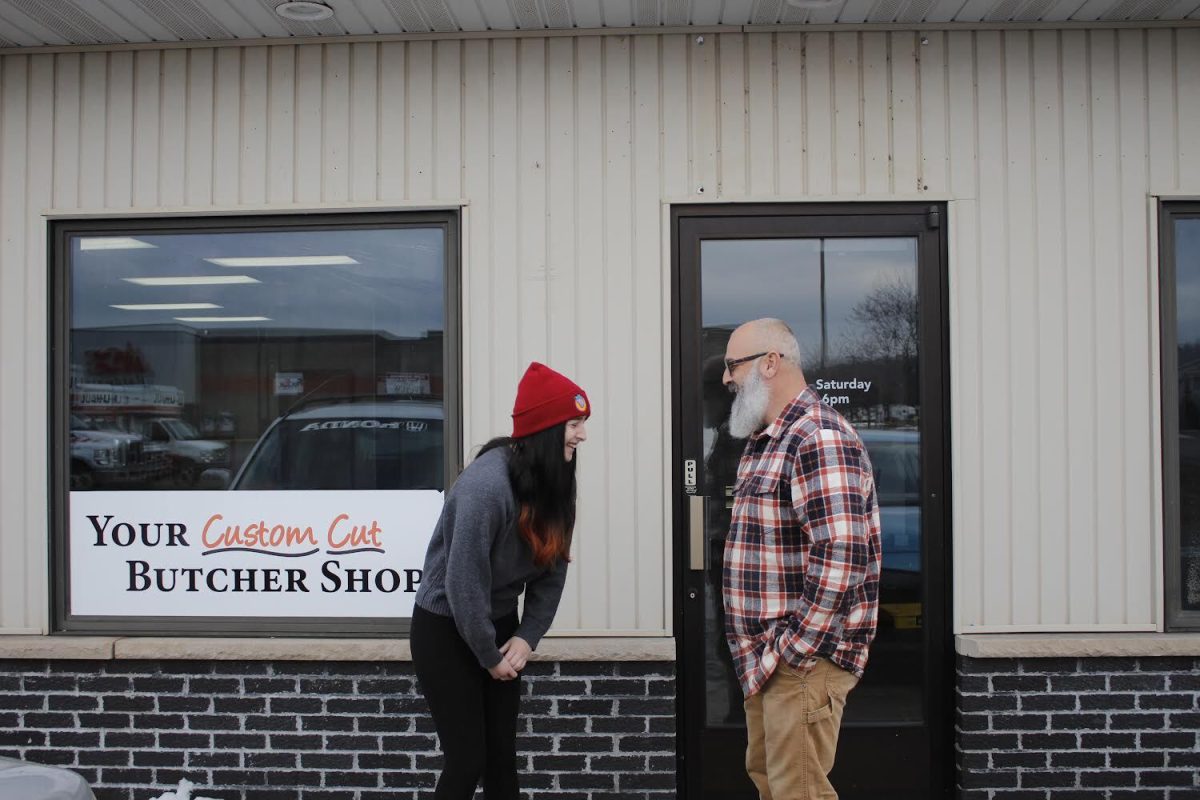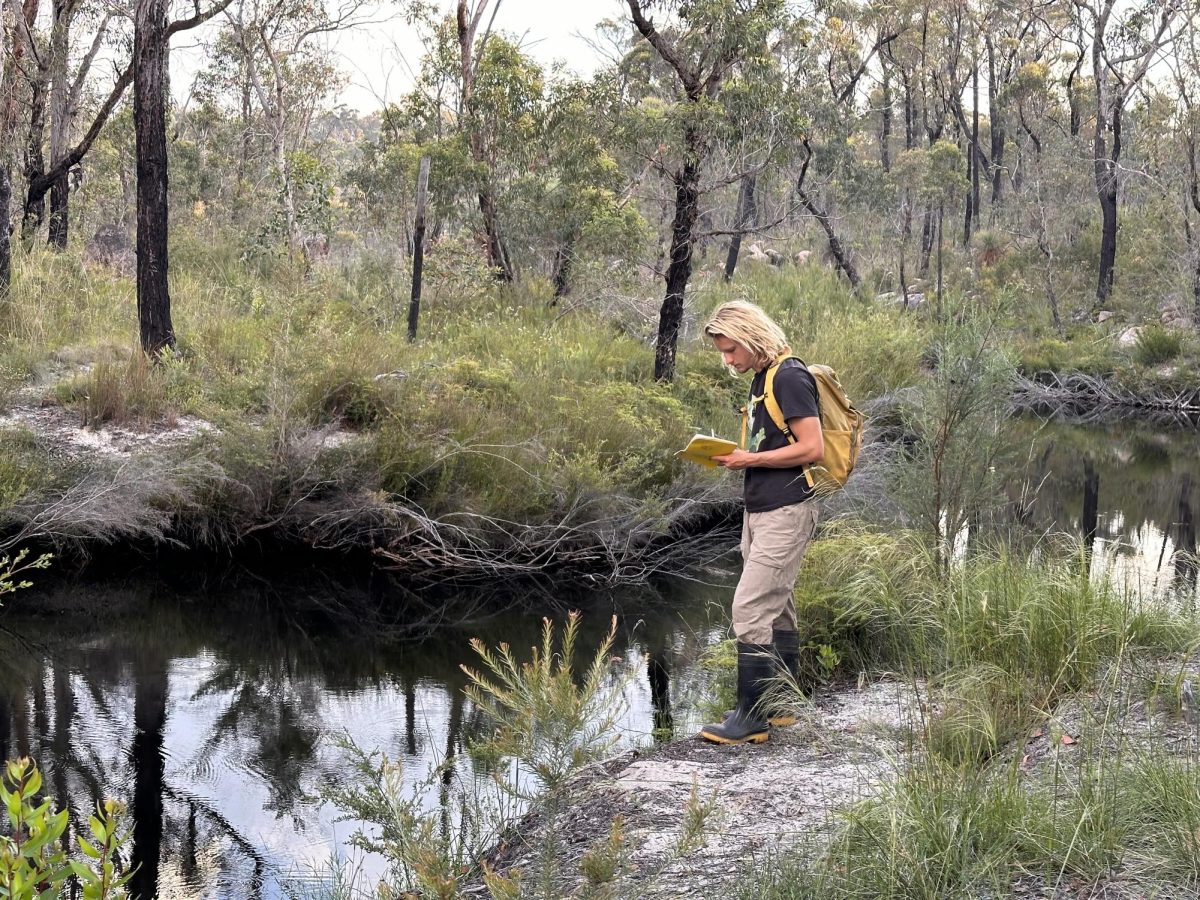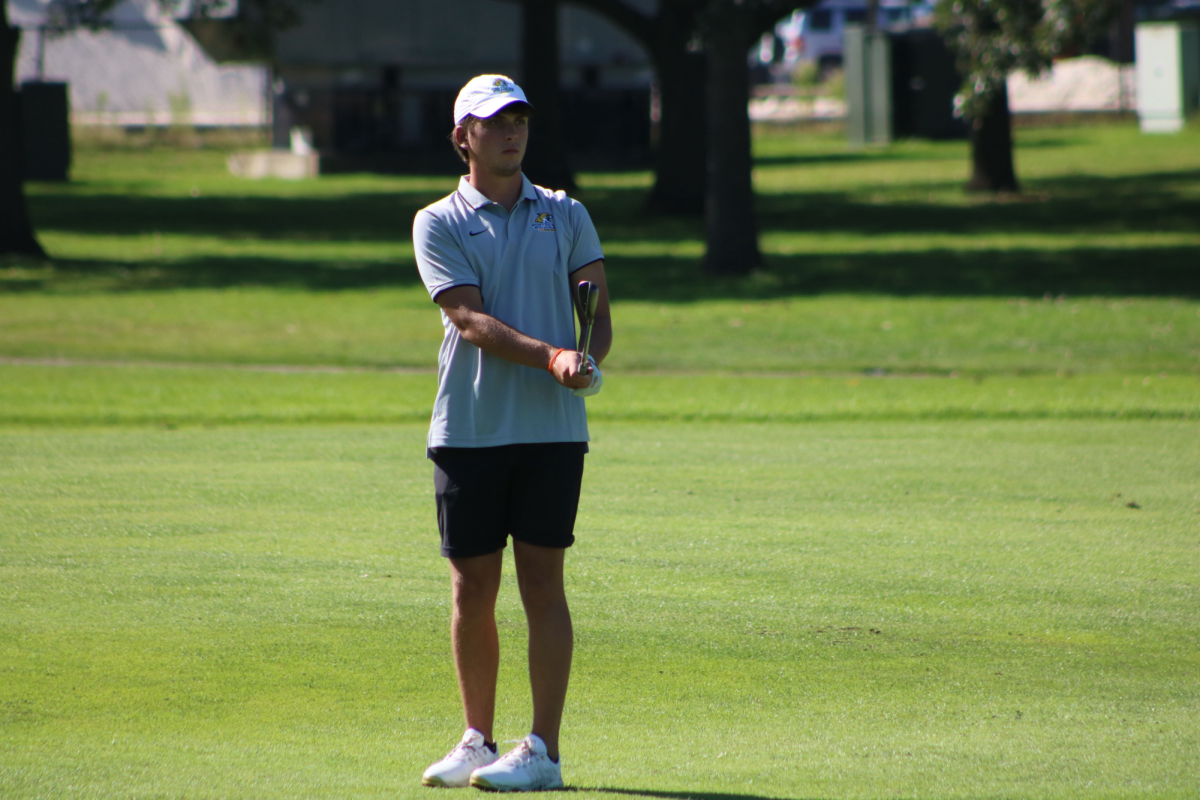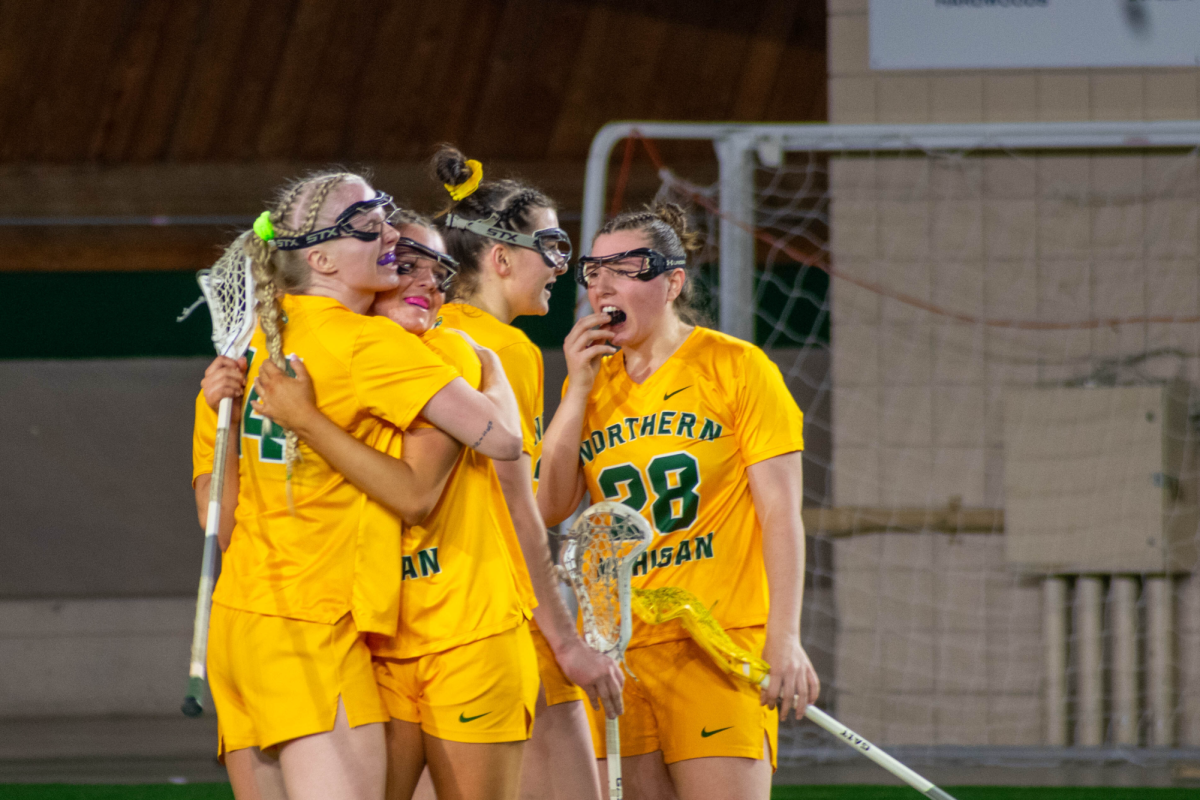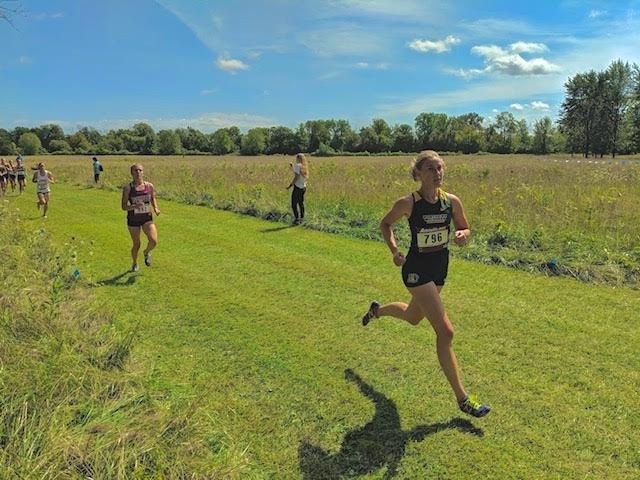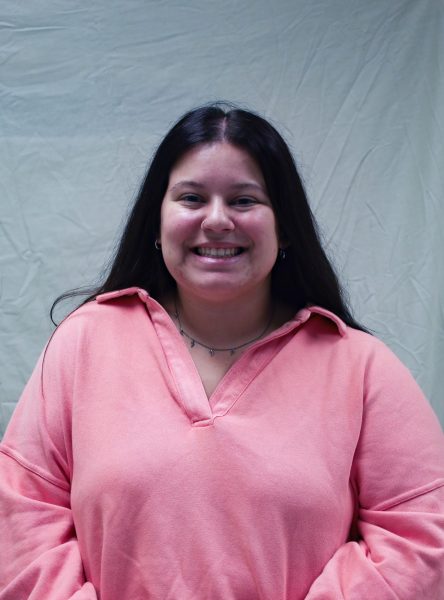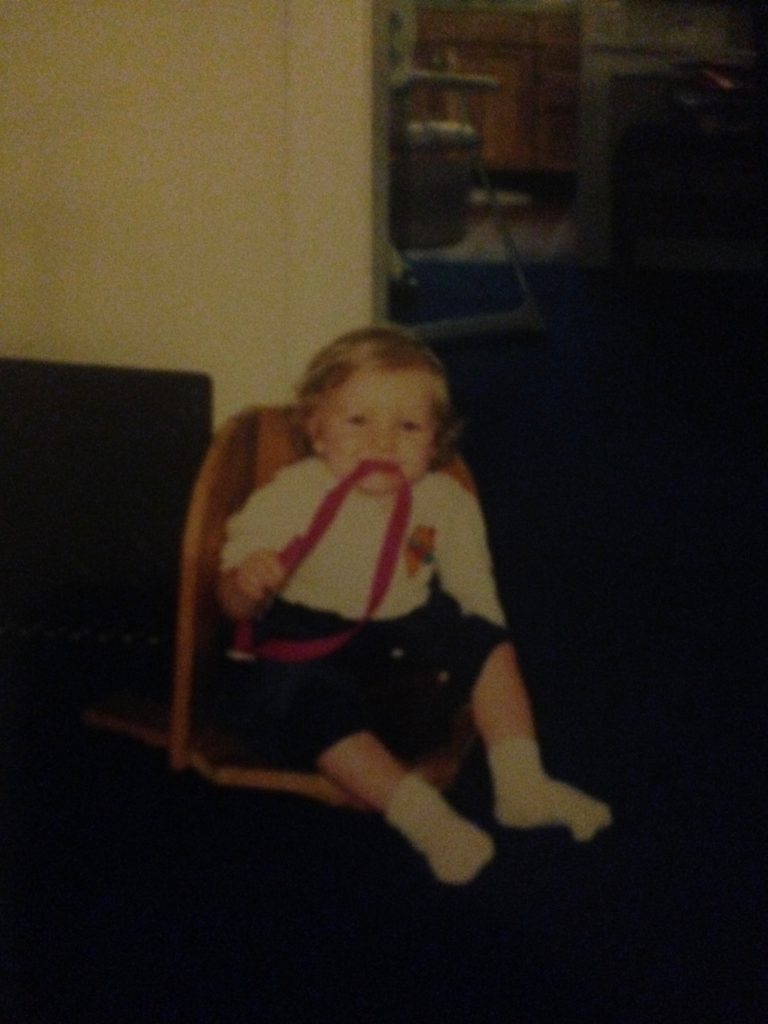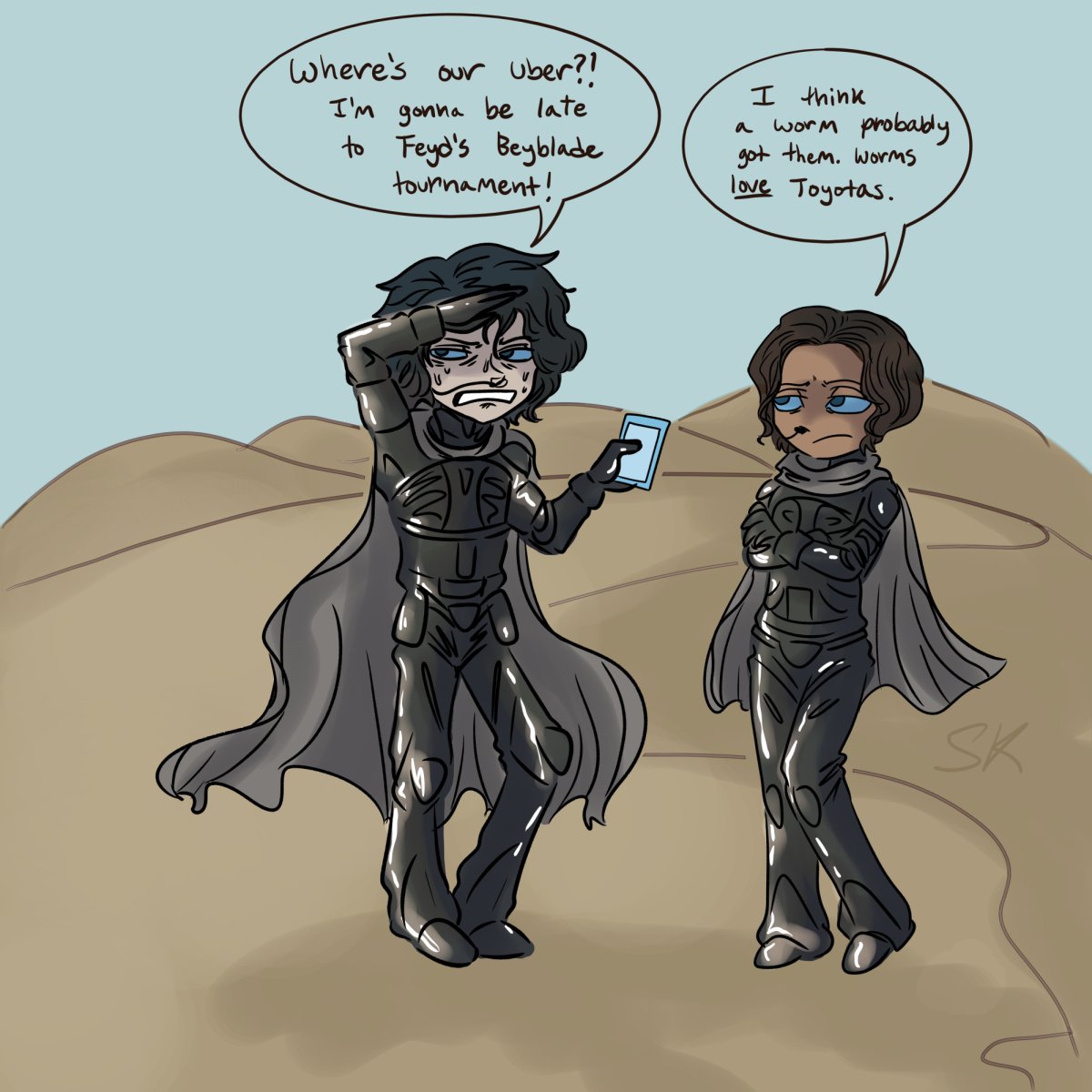Hazmat suits, close-up shots of that syringe needle—which seems too big to be real—wincing through chaotic moments in “Grey’s Anatomy” or the sudden lurch of nausea from the realistically bloody gore that comes with any Mel Gibson film. These are just some of the things that have turned me into a pale, trembling puddle at one point or another.
While the discussion around mental health and roots of anxiety has evolved greatly, society still has a knee-jerk reaction to define which fear is justified and which is irrational. For those with chronic health conditions, what seems irrational to others can actually become medical post-traumatic stress disorder (PTSD).
I was diagnosed with Cerebral Palsy when I was just one year old. This condition results from trauma to the brain and impacts how it tells my body to move or respond. My hamstrings were, and still are, too tight to extend my leg fully. This threw my joints out of alignment and as I grew the muscles didn’t stretch with my bones. Life has been a complicated mix of medical terminology delivered by doctors and hospital visits, while I sat on sanitary paper and acted like I wasn’t planning some sort of escape. And while other kids were taught that vegetables made them big and strong, I was learning about anesthesia and why they needed to cut my leg open—again and again.
It was a game of beat the clock; if we didn’t figure something about before I hit a growth spurt, then I wouldn’t have enough motion or balance to live independently. The process became a routine. A day out of school to be stretched, measured and analyzed. Doctors always found another exercise, another possible treatment or surgery to worry me.
By 10 years-old, I could barely function on my feet. The pain forced me to walk on my knee caps, which were stress-fractured and dislocated. The stretches weren’t enough. Low-grade electrical therapy had little effect. Numerous rounds of Botox injected straight into my hamstring helped for only a week or two.
Days and years passed, and even there I wasn’t there everyday, I silently feared all the details —doctor offices, hospital corridors, stuck with me and it still does. I’ve plateaued in my medical needs, but even routine check-ups leave me short of breath, nauseous and automatically thinking worse.
Too many times I went in optimistic and left dreading another surgery or shot on the horizon. Friends who only knew that I had a lot of check-ups saw no reason for me to be on the verge of tears. Those who didn’t understand, didn’t see what happened, they signed my anxiety off as irrational worrying. In their eyes, I was borrowing trouble.
The spread of COVID-19 has triggered me to a functional, yet constant, state of anxiety and I know I’m not the only one. While some people deal with the confinement and stream of constant numbers—how many infected, how many have died, how many ventilators are needed—what haunts me are pictures of triage tents, fluorescent-lit hospital hallways and staff covered head to toe for their 12-hour shifts. I can smell the sanitizer.
It is not my intent to bash nurses, doctors and medical techs in those buildings who are risking their lives to save others. It’s purely my own memory of exam rooms and the pain scale, whose faces I had memorized with every number.
It’s a disorienting, light-headed feeling; a spinning room, tightness in my chest, sudden overwhelming knots in my stomach. There’s no warning, no slow progression. One minute everything is fine, and the next, it’s not. Anxiety is not irrational. Anxiety won’t stop when you just look at someone and tell them there’s no reason to worry. That is gas on a roaring flame.
What works for me may not be ideal for others who find themselves in the middle of their own anxiety hurricane. To try and combat my mind spinning out of control, I either turn off whatever the trigger is, or I leave the room. Quietly, I count my breaths, eyes closed, until the trembling stops. As my pulse still beats in my ear, I replace it with a song. Usually, it’s a show tune of some type that replaces the memory until I feel that I’m safe. Find your own anchors. What can you say or think of that will replace the fear of the moment?
As a society, we want to point out importance, collectively deciding what is worth our efforts and attention as we try to control this virus. It’s what we need to do. However, not even a pandemic allows for any soul to judge someone else’s mental health. We wouldn’t judge someone with a compromised immune system for self-isolating, so why would we call others irrational for avoiding their triggers?
Whether everyone wants to admit it, each of us is on edge right now at some point during the day. Before falling into that knee jerk reaction, stop and think.
Sure, let’s practice good hygiene, social distancing, but remember above all what is necessary is compassion. It’s what all of us need most, whether we realize it or not.




